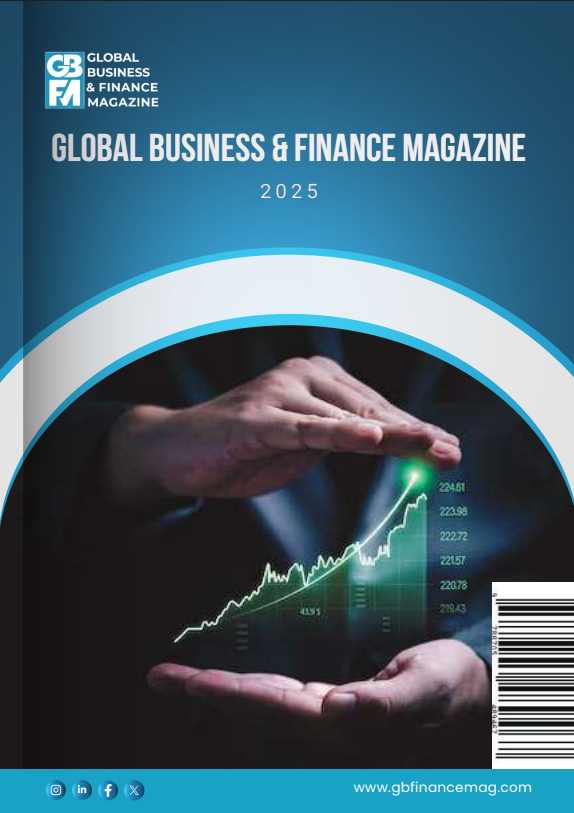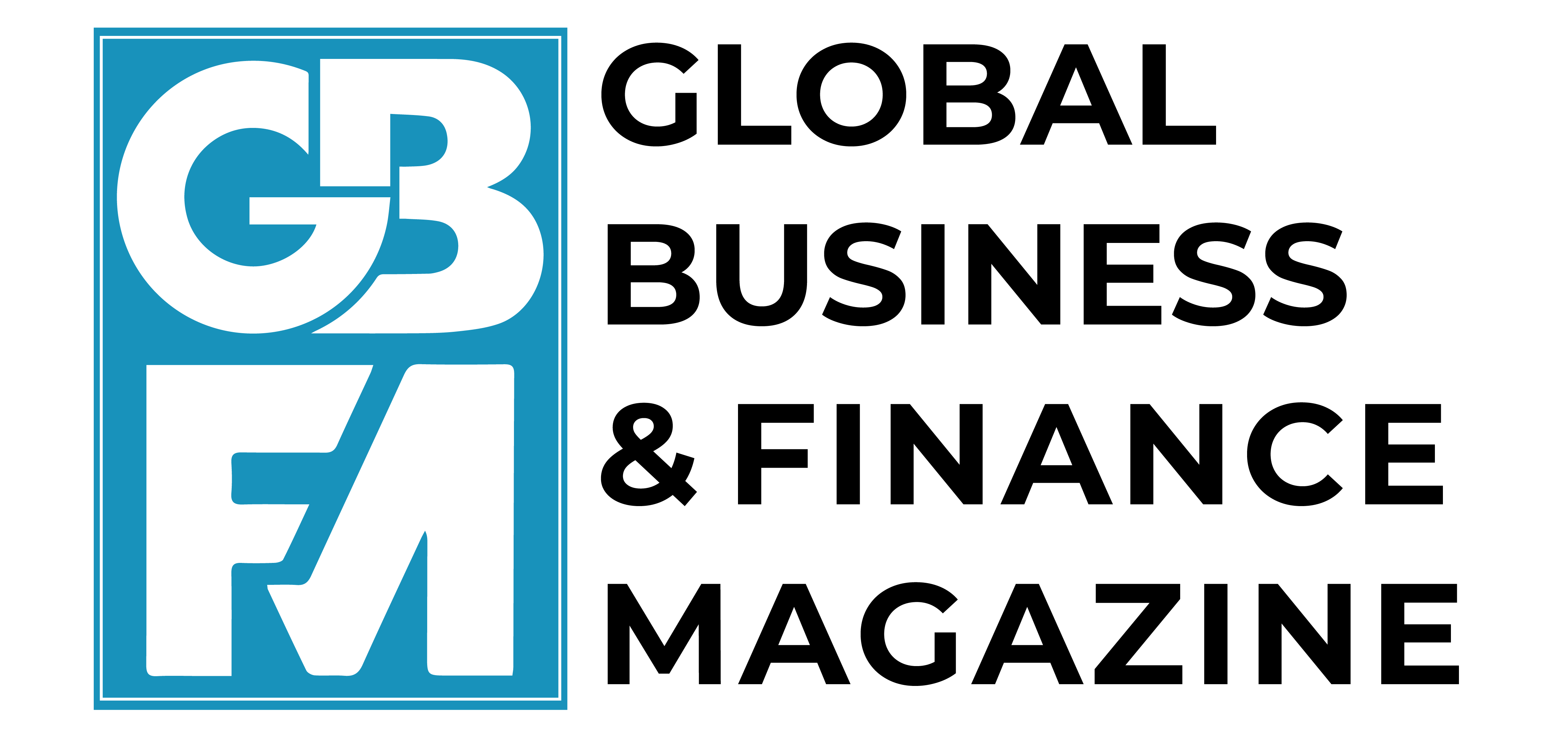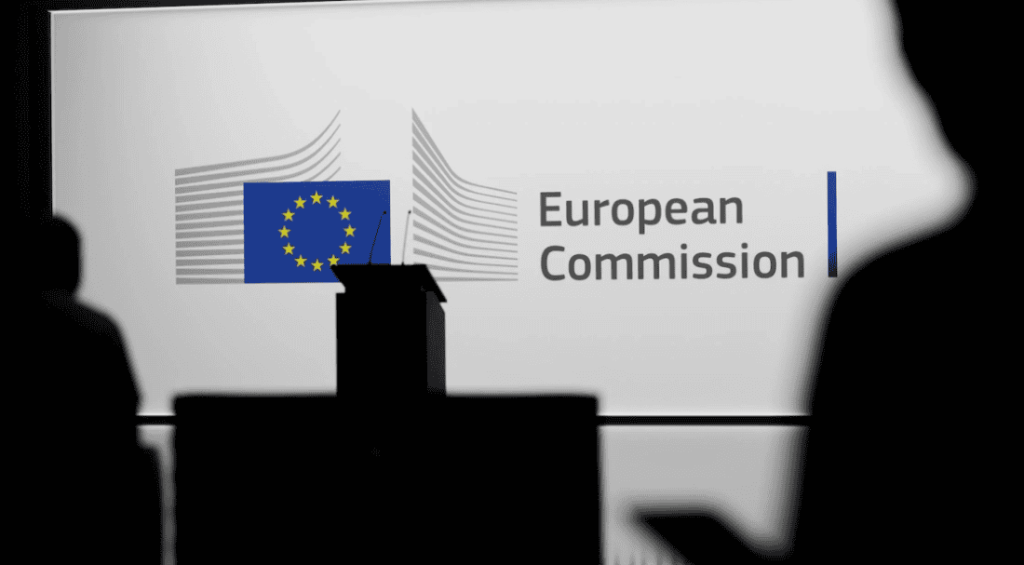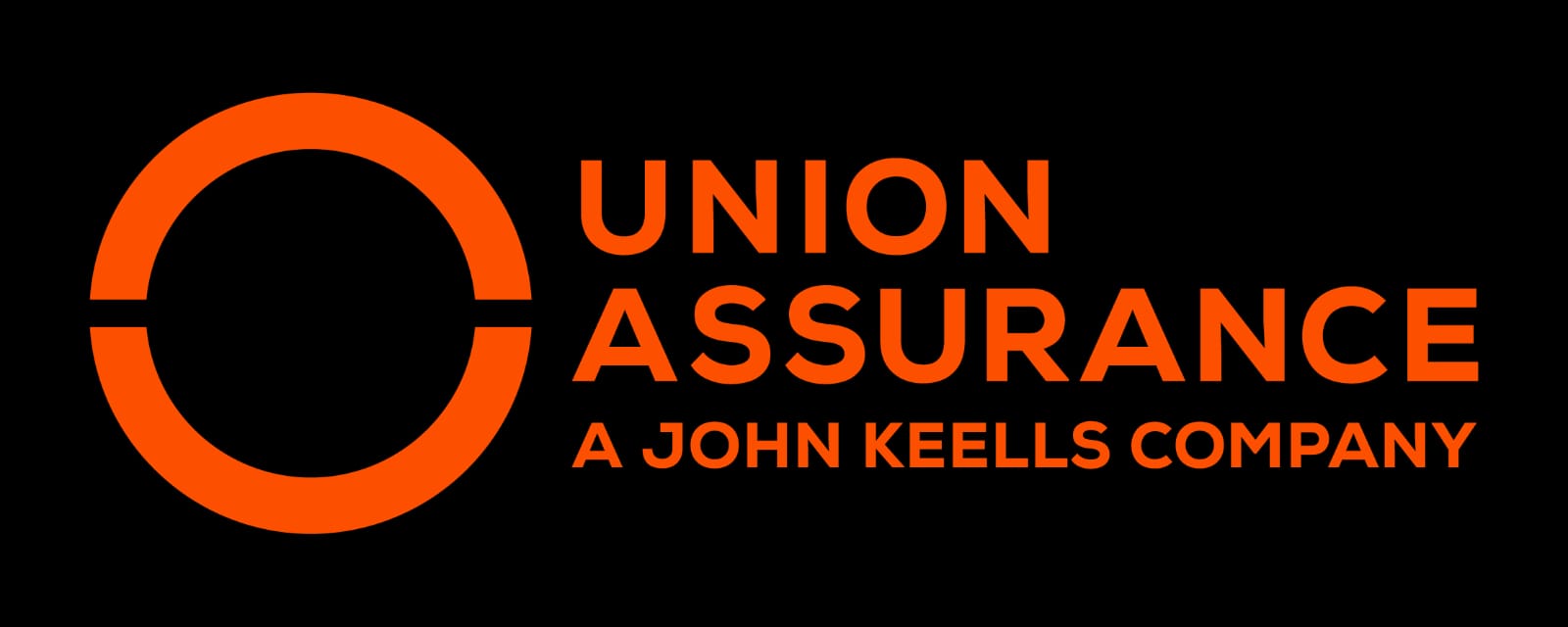Since the European Commission’s 2028-34 Multiannual Financial Framework proposal in July, much has been written about its ambitions, the levels of funding involved, and its structure and priorities. This column argues that the proposal scores high on composition and flexibility, but poorly on size. The EU budget will likely fall prey of the logic of the ‘juste retour’ that is heightened by the identity politics prevailing in most EU countries. Keeping the public’s attention alive on the geopolitical and economic challenges will be key to reduce that risk.
The EU budget used to be of interest only to institutional Brussels nerds. Not anymore. The European Commission proposals for the 2028-34 Multiannual Financial Framework (MFF) (European Commission 2025a, 2025b) were formulated in a very challenging domestic and international environment. Can the EU budget help face those challenges?
The Commission aims at a “simpler, more focused and more impactful” budget. The new approach is meant to address broader EU priorities (security, climate, competitiveness), but also practical difficulties when reconciling ambitions within a tight and capped budgetary framework: (1) competing budgetary priorities as the EU needs to strengthen its defence capabilities (the ‘guns versus butter’ debate); (2) the need for some NextGenerationEU (NGEU) expenditures to find themselves in the next EU budget, despite the end of NGEU proper; and (3) the need to start reimbursing part of NGEU borrowing.
Since the July Commission MFF proposal, much has been written about its ambitions, levels of funding involved, its structure and priorities. The process has now started with initial debates in the Council and the European Parliament. As we embark on the long road of inter-institutional negotiations, we attempt a critical review by connecting the proposal to some basic principles on the role and shape of the EU MFF.
The three dimensions of the EU budget
Over time, the EU budget has undergone many changes, but reality has moved even faster. Already twenty years ago, it was dubbed “a historical relic” (Sapir 2004). For the current round, and before Covid-19, there were concerns about whether it represented variations around the status quo (Wyplosz 2020).
To assess the adequacy of the July EU MFF proposal, three dimensions are relevant: size, composition, and flexibility.
In terms of size, in the current programming period (2021-27), the 1% MFF ceiling was substantially increased by the NGEU, thereby avoiding a politically difficult discussion on additional contributions from Member States for a higher statutory MFF ceiling. For the new programming period, the first-best solution would have been to argue for an MFF envelope that comes close to include all expenditures of the previous MFF plus NGEU. This would mean almost doubling the 1% cap, something politically hard.
The Commission proposes a 7Y budget of around €2 trillion in current prices (€1.8 trillion in 2025 prices). This seems a large number, but in fact the budget increases only from 1.14% of EU GNI to 1.26%. After NGEU repayment, the budget remains as a share of EU GNI virtually unchanged. As Table 1 shows, considering the end of NGEU, ‘effective’ EU resources decline in the next programming period from some 1.54% of GNI (excluding NGEU loans) to 1.43% (excluding the proposed crisis instrument).
Table 1 MFF comparisons: 2028-34 vs 2021-27


Note: Current MFF figures as adopted in December 2020; EU GNI forecast at time of MFF adoption.
Source: Authors’ elaboration based on official data.
As to composition, almost two thirds of the current budget is devoted to the Common Agricultural Policy (CAP) and Cohesion Policy. The Commission proposes to radically change this by relatively boosting competitiveness, research and innovation, digital, and defence, while still giving agriculture, cohesion, and social policies a major share. Doubling Horizon to €170 billion is an example of the attention put to European public goods (EPGs). External action is ramped up, with separate inclusion of a Ukraine Facility (outside MFF ceilings) for reconstruction and pre-accession support.
Finally, in terms of flexibility, currently some 90% of the resources are allocated at the outset, making the EU budget very rigid. Annual ‘budgetary peace’, bought by the MFF since the end of the 1980s, has turned into a curse as budget allocations cannot respond to evolving circumstances. The Commission proposes to leave instead an unallocated envelope (25%) and an emergency loan facility to be triggered in case of large shocks.
There are trade-offs between the three dimensions. The Commission has decided to ‘sacrifice’ size in exchange for better composition and higher flexibility. Whilst less than optimal, the proposal may work provided flexibility and composition are not thwarted during the negotiations (see also Hansum et al. 2025). There are two major risks here. The first is the ‘transfers temptation’ and weak vested interests in favour of good spending (notably those directly related to EPGs, such as Horizon). The NGEU experience is instructive: the 15% of the budget allocated to EU-level interventions were transformed into transfers to member states (see also Larch 2025 on ‘conditional budgeting’).
The second risk is that barring a new crisis that will counteract the natural tendency of member states to argue during the negotiations for a smaller financial envelope, the decision to already aim in the proposal for the minimum acceptable funding level (rather than a higher level open to negotiation) may turn out to be the wrong one. In other words, the pressure on composition and flexibility may be compounded with that on size.
New ‘own resources’
The MFF needs to balance, so pressures on the budget make for an impossible equation to solve without increasing the overall MFF ceiling plus new ‘own resources’. These are necessary for repaying from 2028 debt accumulated under NGEU, reducing overreliance on national GNI contributions, and ensuring the EU has more ‘autonomous’ revenue to respond to crises/strategic priorities; making the budget more resilient, flexible, and aligned with policy priorities; and allowing the EU to maintain/expand its policy ambitions without additional burden on national budgets.
New ‘own resources’ proposed include a corporate tax on large companies; levies on tobacco, e-waste/non-recycled electronics; and adjustments to ETS or CBAM revenues. From these the Commission is estimating roughly €60 billion per year in additional revenue. Adjustments to existing own resources (removing the cap on the VAT base or removing lump-sum reductions on plastic packaging waste) and changes in customs duties retained by member states would add to that.
The direction is the right one, but the ambition is insufficient: the proposed new own resources are too modest to fill the likely investment gap, absent ‘bolder’ options such as a financial transaction tax, fossil fuel profits tax, wealth tax, or an aviation levy. Also, the Commission has excluded new common borrowing (apart from that related to the crisis instrument). Other concerns focus on weaknesses on the actual proposals: for example, the overall burden or a regressivity in the tax on corporates as a lump sum based on turnover. To these, add implementation complexity, with some mechanisms (e.g. tracking uncollected e-waste, bracket-based contributions) challenging to monitor. Finally, political resistance in countries reluctant to cede tax bases, and legal challenges in national parliaments or Courts that contest certain new resource schemes.
Structure and delivery
The Commission proposal represents a major redesign, with fewer larger programmes, organised around three broad ‘pillars’:
- National and Regional Partnership Plans. Traditional-type policies (agriculture, cohesion, social, fisheries) would be structured around a plan for each country, mirroring NGEU National Recovery and Resilience Plans (NRRPs) in the sense of combining reforms and investments. The plans would include the funds currently pre-allocated to Member States in a more flexible format. Both the Cohesion Fund and the CAP would be included here, with some safeguards to respond to the requests by the European Parliament.
- A European Competitiveness Fund. This second pillar attempts to leverage the MFF to implement the Letta-Draghi recommendations. It establishes an investment capacity under Commission management to support strategic sectors/technologies, and Important Projects of Common European Interest (IPCEI). The Fund’s set-up would accompany European projects along the entire investment journey, from research, through scale-up, industrial deployment, to manufacturing.
- A Global Europe Fund. This last pillar is meant to revamp EU external action financing to make it more targeted and aligned with European strategic interests. It would include development, pre-accession, humanitarian, and foreign policy under a unified instrument. The Fund would be region-specific and meant to bridge external with internal priorities (around for example critical raw materials or energy security).
In addition to these three pillars, the proposal retains several stand-alone programmes; investments in skills and defence-related expenditures – reflecting the recent discussion on its importance as public goods (Anev Janse et al. 2025) – are examples.
In terms of governance, the proposal emphasises a results/performance orientation; incorporates a contingency margin and flexibility tools to handle unforeseen crises, emergencies or evolving priorities; includes an Interinstitutional Agreement to govern cooperation in budget matters and financial management; and conditions financial envelopes on respect for the rule of law.
An assessment
The critical reactions to the proposal have focused on the overall level of ambition, given the scale of the challenges (and the flip-side of concern for expenditure increases and new ‘own resources’); the expenditure priorities (dilution of climate funding, risks of undermining cohesion policies, opposition to subsuming CAP under national plans); the new structure (concerns about ‘renationalisation’ and neglecting the regional element in favour of national government prerogatives); and governance (weakening of democratic oversight, top-down method, transparency and accountability concerns).
The latest criticism comes in a joint letter by the European Parliament’s four main pro-European groups to the Commission (Euracti, 2025). Their emphasis on the European Parliament’s role, democratic accountability, and need to maintain cohesion funding in real terms are well placed, but some of the aspects of the MFF criticised in the letter (pooling funds for cohesion and agriculture, the ‘single cash pot per Member State’ model) are among the most innovative in the proposal and the criticism may be misplaced (Buti 2025). The Commission President has announced some limited changes in the attempt to accommodate some of the Parliament’s requests without calling into question the new MFF architecture.
The Commission aims at reorienting EU spending towards Union priorities either directly, through ‘genuine’ EPGs, or indirectly, through EPGs ‘by aggregation’ (Buti and Papacostantinou 2022). In the first case, delivery and financing occur at central level; in the second, financing remains at EU level, with delivery carried out nationally. The flexibility of proposed national–regional partnership programmes, instead of separate instruments, with safeguards proposed to balance funding across priorities, would allow for greater coherence and effectiveness.
Whilst the proposed MFF scores high on composition and flexibility, it falls short on its size, which is not commensurate with EU expanding ambitions. Experience suggests that the risks in budget negotiations are not symmetrical: any proposal will emerge reduced in size, worse in composition (spending redirected towards priorities favoured by powerful vested interests and away from EPGs), and less flexible (to limit Commission discretion in fund management). The European Parliament’s letter appears to be the first salvo in that direction.
The main risk for the Commission proposal is time. The lengthy and behind-the-scenes negotiation process risks ending at a minimum common denominator outcome. The Commission will have an interest in not letting the debate sink underground. Keeping the attention of public opinion of the issues at stake, public rebuttals of attempts to reject the main innovations, linking the proposals to the evolving economic and geopolitical challenges should be its compass. It is a higher risks–higher returns political and communication strategy, but the only one appropriate in the present juncture. The European Citizens Panel experience (Buti and Papaconstantinou 2025a) provides some comfort that, when well explained, public opinion can follow the Commission’s lead, making it more costly for Member States to play a rearguard game.
One final issue is broader: the need to rethink EU action in a systemic fashion, by connecting the three main instruments the EU has at its disposal – the budget; its regulatory function; and its coordinating powers, notably via implementation of EU fiscal rules and the EU Semester. In the past, lack of budgetary resources was compensated by doubling down on regulation or betting on soft coordination. More recently, this has led to a loosening of state aid provisions, risking the integrity of the Single Market.
As argued in Buti and Papaconstantinou (2025b), a simultaneous view on the three dimensions would allow a more coherent way to address overarching policy priorities, particularly in delivering the Draghi and Letta EU business model reform agenda. This would also require a radical rethinking of how the Commission works internally and the coordination with the other EU institutions and national authorities is organised.
Source : VOXeu



































































